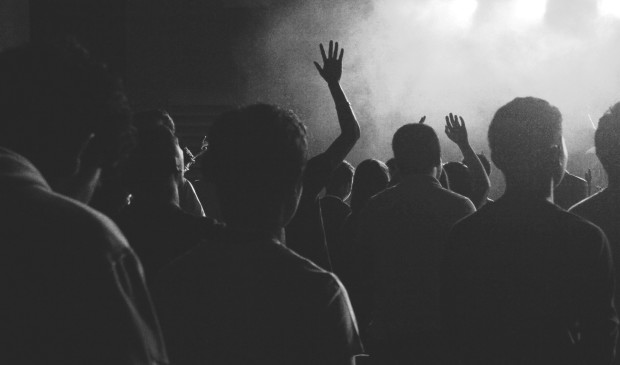CodeNEXT could allow new music districts and creative spaces around Austin
Friday, December 9, 2016 by
Chad Swiatecki Affordability – for both the city’s mostly lower-income artists and the venues and galleries where they work – will be the creative community’s biggest concern as Austin rolls out and gradually revises its CodeNEXT plan, a comprehensive rewrite of the Land Development Code. Release of the first draft is set for January.
At Monday’s meeting of the Music Commission, commissioners heard from Dave Sullivan, a member of the CodeNEXT advisory group, which has been working with consultants and city staff to revise the 30-plus-year-old code. Sullivan said that a lack of comprehensive transit options and rising rents due to growth puts the most pressure on venues and creatives in the city core.
Sullivan, who is a vocal and frequent supporter of Austin music interests, said one solution that could make it easier for clubs and theaters to take root is to relax zoning classification rules, allowing more uses without zoning approval.
That adjustment would be focused more on the exterior look and surrounding “context” of a business, so a prospective new tenant likely wouldn’t have to get a property reclassified from, for example, a restaurant or retail use to something that is creatively focused. In theory, that change will make it easier for studios, galleries and music venues to take root in areas where a diversity of uses is desired.
Piggybacking on the Imagine Austin findings that arts and music are essential to the character of Austin, Sullivan said that the city could also bolster the arts community by designating preservation or creation of creative spaces as a community benefit similar to affordable housing units. That move, which is being pushed by the Austin Creative Alliance, would grant density bonuses to participating projects and allow them to exceed normal height restrictions in exchange for installation or preservation of ground floor creative space.
A third potential remedy would be to make rules more flexible for live/work spaces, which would make it easier for an artist or other creative to operate a small business and residence out of the same piece of property.
Sullivan said the coming changes as Austin booms are creating apprehension in communities throughout the city because of concerns about being squeezed out or ignored in the process. To combat that apprehension, he urged commissioners to stay involved and informed about what gets included in the draft plan as well as its evolution ahead of a planned mid-2018 approval by City Council.
“We need you organized bodies to support what we’re trying to do, because while there’s lots of certainty with the current code, it’s sort of a ‘devil you know’ situation,” he said. “We need support from the music and arts community, because the devil we know is putting us out of business.”
Commissioners chose to put an item on next month’s agenda to create a letter to the CodeNEXT advisory board stating the group’s concerns and priorities for the final version of the new code.
Commissioner Graham Reynolds expressed concern about the possibility that the new code could include the same confusing regulations on sound limits for clubs that have frustrated some venue owners as residences have sprouted near Austin’s entertainment districts in recent years.
“What protections will there be for amplified music?” asked Reynolds, himself a working musician. “How can we encourage new incubator venues and not just preserve legacy venues?”
Sullivan replied that certain areas of the city – such as South Congress Avenue between Oltorf Street and Ben White Boulevard, and the area around Metric Boulevard and Burnet Road – are two likely sections that aren’t ready for dense residential use yet and have existing buildings that could be hospitable for clubs. He said he would like to see the city carry out a study on which areas could be most eligible for relaxed sound ordinances, which would make them natural locations for clusters of small clubs.
The Austin Monitor’s work is made possible by donations from the community. Though our reporting covers donors from time to time, we are careful to keep business and editorial efforts separate while maintaining transparency. A complete list of donors is available here, and our code of ethics is explained here.
You're a community leader
And we’re honored you look to us for serious, in-depth news. You know a strong community needs local and dedicated watchdog reporting. We’re here for you and that won’t change. Now will you take the powerful next step and support our nonprofit news organization?










